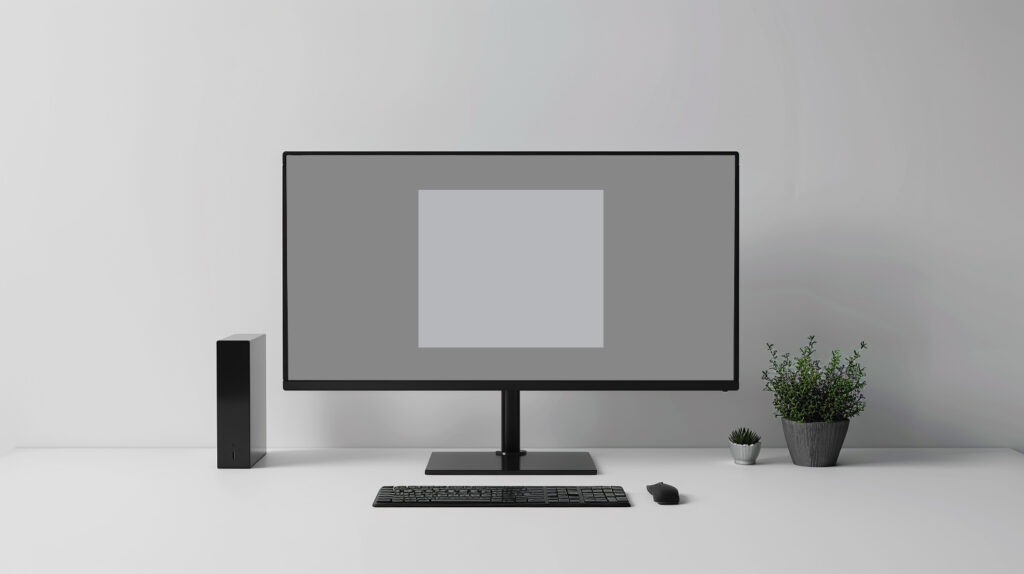This test helps you evaluate your monitor's ability to accurately reproduce similar colors while maintaining their distinctiveness.
To start the Color Distances test, click the "►" button in the test panel. For more information about color differences, see below the test panel.
Check our online monitor tests.
Color distance, often quantified as a “color difference,” is a measure of how distinguishable two colors are from one another to the human eye. This concept is critical in fields that rely on precise color reproduction, as even slight deviations can significantly impact the visual outcome. In graphic design, accurate color reproduction ensures that the designs seen on-screen match the printed versions. For photographers and videographers, color distance affects how true-to-life and consistent their images and footage appear across different viewing devices.

Color accuracy is vital not only for aesthetic reasons but also for brand consistency in marketing and advertising. Brands often have specific colors that are part of their identity, requiring precise reproduction in all media formats. Therefore, understanding and controlling color distance is crucial for maintaining the integrity and impact of visual work.
Static color testing assesses color uniformity by displaying color patches across different screen areas to identify inconsistencies (check info about screen uniformity). It helps you adjust settings for balanced color reproduction. It also checks for gradient problems and uneven tones. By testing your display, you can make sure that colors appear evenly on your screen.
Human perception of color begins with light hitting objects and reflecting into our eyes, where it’s processed by the retina’s cone cells.
These cells are sensitive to different colors of light—red, green, and blue. The brain processes these signals, allowing us to see a range of colors.
Color distances play a crucial role in how we tell colors apart. This is especially important in fields like graphic design or apparel manufacturing, where matching colors precisely is vital. Being able to notice small differences in color can greatly affect the accuracy and quality of the work. Color distances provide a way to measure these differences, helping to ensure that colors are reproduced faithfully and that what we see matches what was intended.
The mathematical calculation of color distances involves several formulas that quantify the perceived differences between colors. One common metric used is the Delta E (ΔE) value, which represents the distance between two colors in a color space. The smaller the ΔE, the less distinguishable the two colors are to the human eye. Calculations often take place in color spaces designed for this purpose, such as CIELAB or CIEDE2000, which are more uniform than RGB in terms of human color perception.
To calculate ΔE in the CIELAB color space, the formula used is:
ΔE = √[(L₂ – L₁)² + (a₂ – a₁)² + (b₂ – b₁)²]
Where L, a, and b represent the color coordinates in the CIELAB space for two different colors being compared.
In the textile industry, ΔE values are used to ensure color consistency in fabric production. A ΔE value of 1 or less is typically considered imperceptible, and achieving this level of similarity is crucial for brands that need consistent coloration across their product lines.
In digital media, color distances are used to calibrate monitors and printers. By measuring and adjusting the ΔE values between displayed colors and a known standard, professionals can ensure that their equipment displays colors accurately. It is vital for photo editing and graphic design.